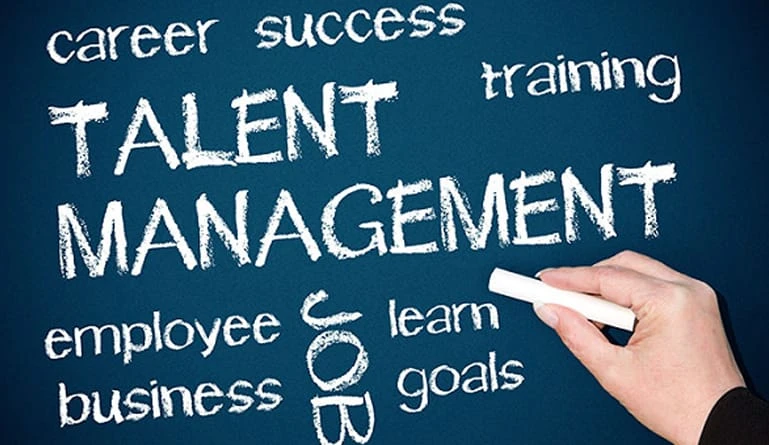
The Call to Action for Talent Management (Talent Management for Troubled Times)
Businesses put a lot of effort into attracting, training, and retaining the best talent in the industry. The authorities involved in the hiring process face talent management challenges before, during, and after the process is completed. The global pandemic has brought organisations under tremendous pressure by simplifying and streamlining while thriving in the competitive market.
Need for thinking beyond the conventional system:
There has been a rise in unemployment in the market due to massive layoffs in various sectors. Though this is not a standard norm, challenging situations like the current pandemic leave companies with no other options than laying off employees.
For a long time, HR has just been acting as a body for hiring the right person for the right job. However, they are expected to help the leaders and CEOs get out of such situations in such critical times. They streamline their efforts to understand the business better for effectively taking the business towards the new normal.
The conventional rules of having a hierarchy that focuses on uniformity, control, and authority won't be effective anymore in the post-pandemic era. Instead, a more active and flexible model is needed that has to be built based on factors such as demographic shift, reduced transaction cost, automation, and the establishment of more connections. Keeping these points in view, HR is the best body in an organization that can reinvent, re-prioritize, and re-proportionate the business goals. This will help organizations to have better coordination, communication, and collaboration across the different units. Thus, adapting to the changing customer demand and market post-Covid-19 will become easy.
Formulating strategies for hiring and retaining the best talent:
An analytics capability has to be built for mining data to hire the best people and retain them. Here are some strategies that can be implemented:
Ensuring that all employees contribute to the efficiency and effectiveness of a company's goals:
This involves sharing gains with employees that are motivating enough to create a partnership culture in the organization, resulting in better efficiency. 2. Observing management behavior: This includes recognizing employees' efforts, supporting their development, and providing them the right guidance at the right time. Such behavior of the higher authorities towards the subordinates will reduce their stress and help them cope with the current situation in a better way. 3. Periodic assessment of employees: This is essential to check the internal issues faced by employees and their stress level. It will show how well they are able to cope with the workload instead. So timely action can be taken to avoid burnout.
Redeployment and reskilling:
In these crucial times, an organization would succeed only by assigning the right talent to the right roles and this would be done by HR. Redeployment, reskilling, and accessing the gig economy are needed to be implemented as a part of the fundamental shifts. Companies implement this when they are gradually reopening post-pandemic. This would help the organizations remain stable even when some parts ramp up when some other parts shutter at the same time.
In the case of startups, creative people with an innovative mindset are needed who are capable of solving problems through experimentation. Such mindsets are indispensable for the success of a startup or any other organization. So, for attracting the best talent, HR ensures strong employer branding.
Takeaway:
The HR team forms the internal service providers who bring good returns on human capital investments. For monitoring the talent in critical roles, the development of semi-automated data dashboards can help in tracking the vital metrics. HR needs to use data-driven insights and people analytics for supporting transformation and make talent decisions accordingly.




